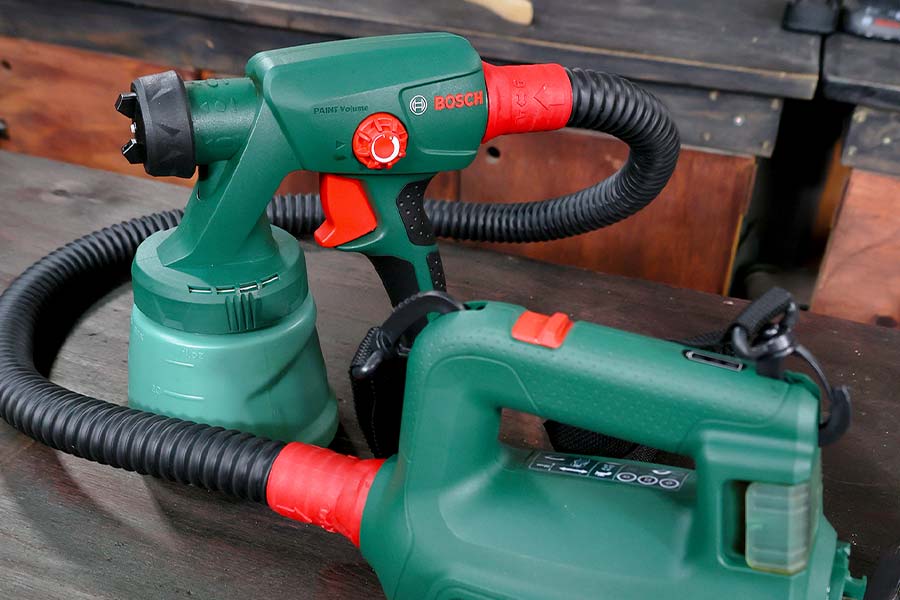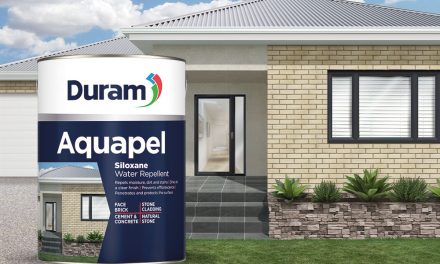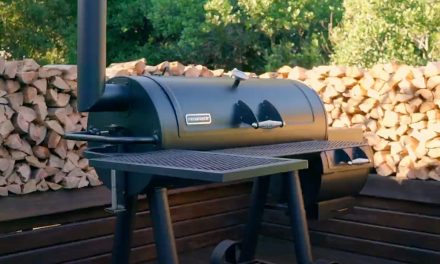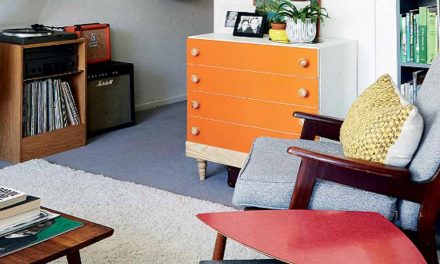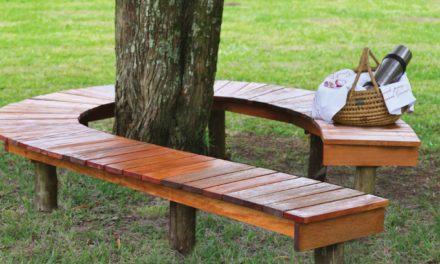It may look hard, but spray painting can be quick and produce beautiful finishes with the Bosch Easy Spray 18V-100.
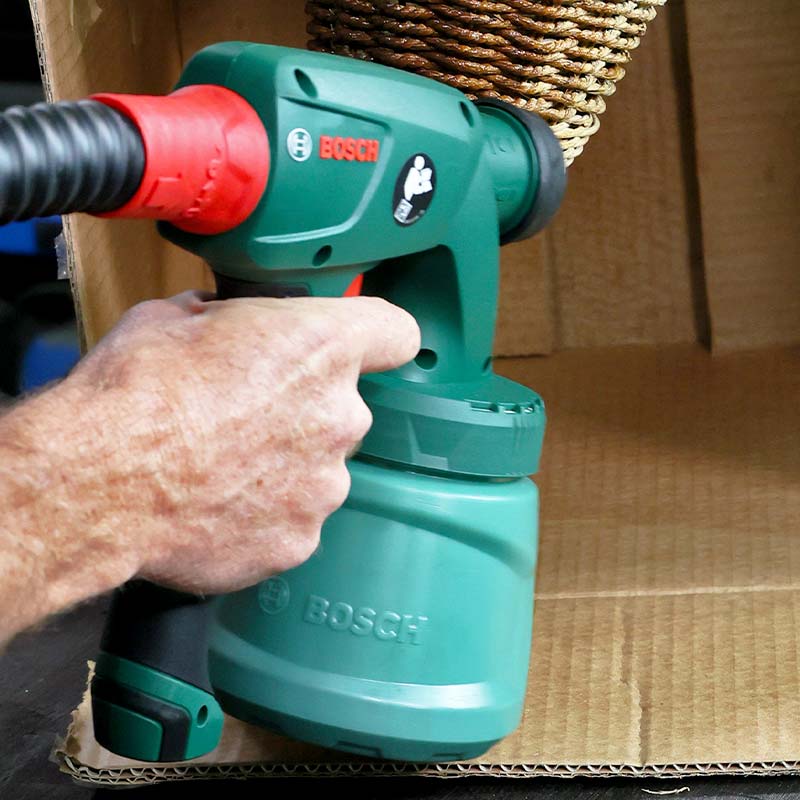
Spray painting. For some, these are scary words – but why? Sure, it takes a bit of practice and you’re probably going to have run marks at first, but that’s all part of learning. Start small, spray some wooden cupboard door handles and, as you get more comfortable with it, you’ll find it gets easier and neater.
Let’s delve into the basics of spray painting using the Bosch Easy Spray 18V-100. The ’18 V’ tells us it’s cordless (with an 18-volt battery), and the ‘100’ means it can spray up to 100 ml per minute, which equates to about 1 m2 per minute. Essentially, the motor is a small vacuum cleaner that delivers air at speed through the air hose. The airflow causes a venturi effect, sucking paint out of the 800 ml spray pot and blowing a fine paint-air mix through the nozzle. The motor operates on constant airflow, but airflow will decrease as battery power drops, which can result in unsightly blobs in the finish.
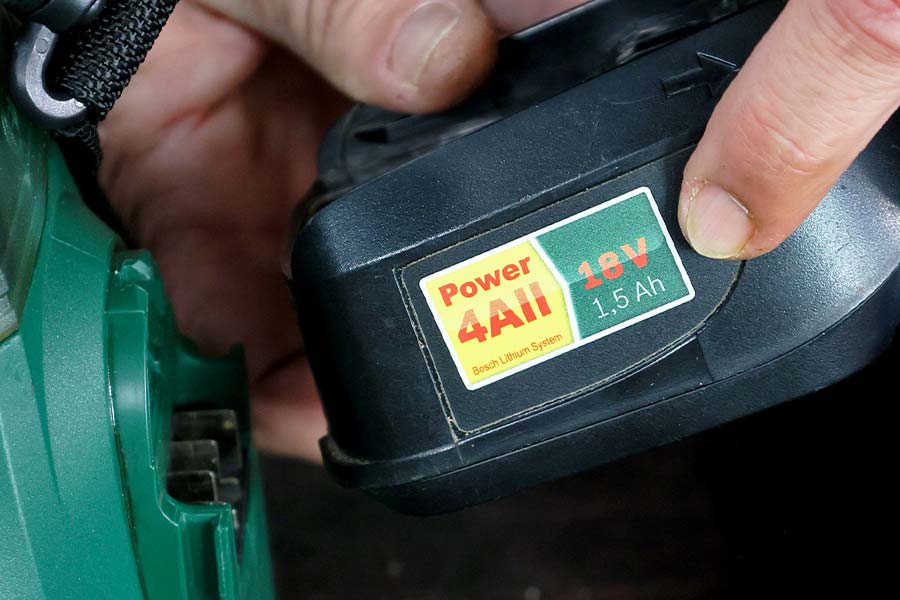
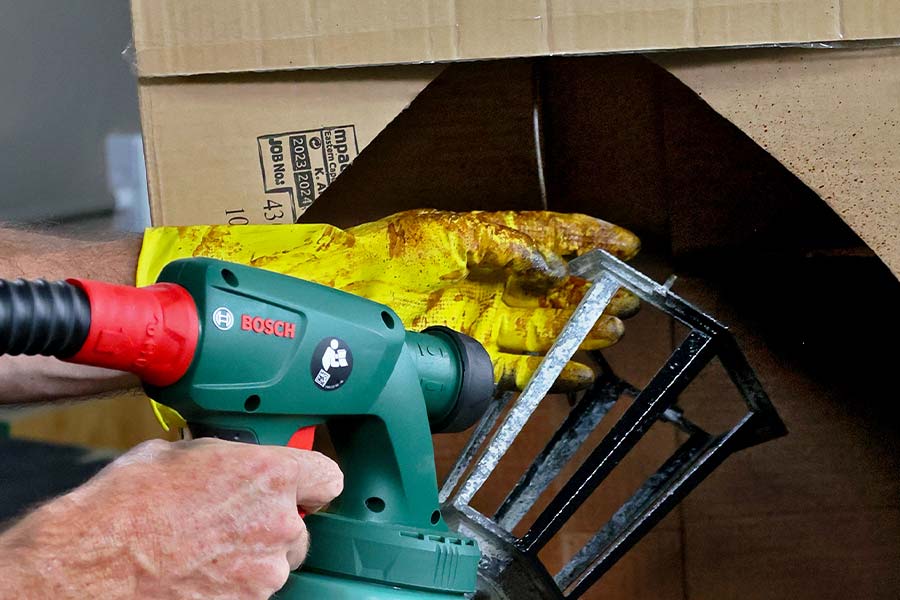
Setting up a spray boot
Creating a basic spray booth from cardboard boxes is a simple way to contain overspray and is great for smaller projects. Remember, paint is discharged as a fine mist, so it’s important to wear a mask and goggles and to work in a well-ventilated area or outdoors. Spraying outdoors shouldn’t be done if there’s any wind; even a slight breeze can waste most of your product. Gloves are also recommended to keep your hands clean.
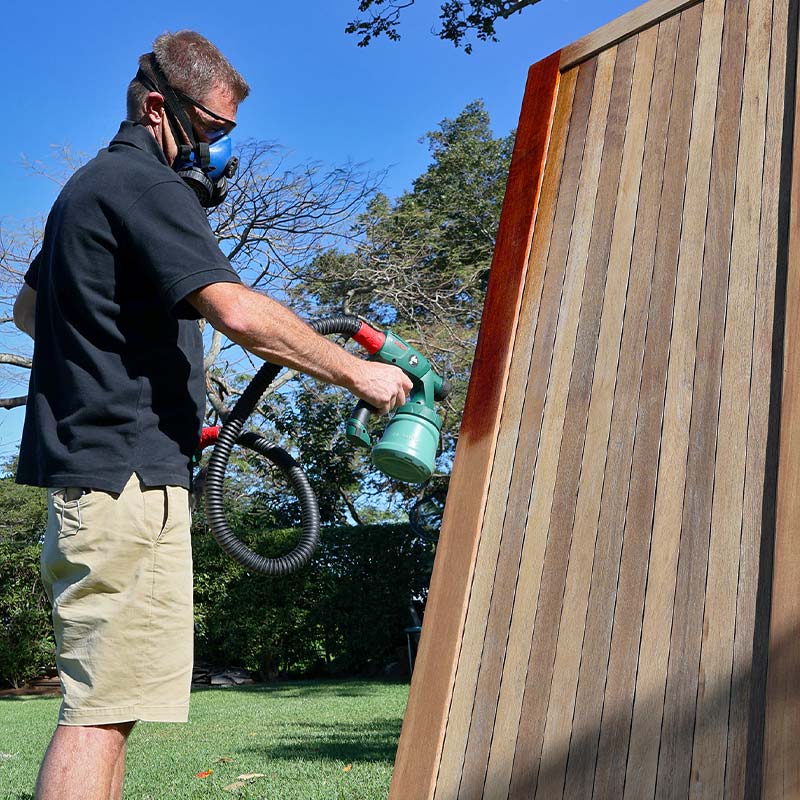
Prepping and painting
As an example of how to use the Easy Spray, here’s a common scenario: an external solid wooden door, baked by sunshine until there’s virtually no varnish left. Before sanding, remove the door handles, tape up the lock and then use a belt sander or orbital sander to remove the top layer of dried, bleached timber and any remaining varnish. Make sure to remove the dust by wiping the door with a damp cloth.
You would probably use a gloss varnish for an external door, as it is brilliant for outdoor use. When you start spraying the trick is to not rush – take it slow and steady. Instead of applying one thick coat all in one go, opt for multiple thin coats. This ensures better adhesion, a smoother finish and reduces the risk of drips. Allow each coat to dry before applying the next. Spraying gives a uniform finish with no brush strokes, which are a common problem with varnishes.
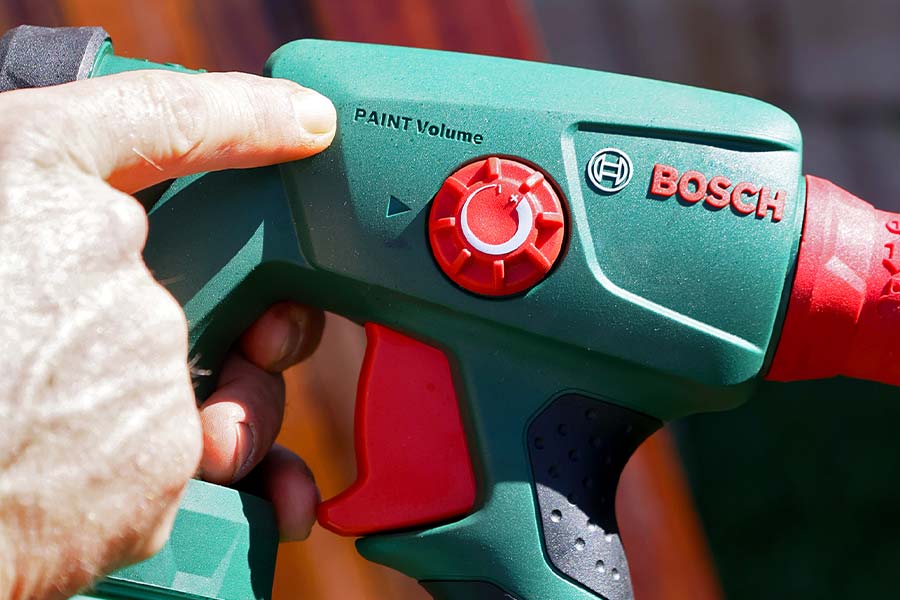
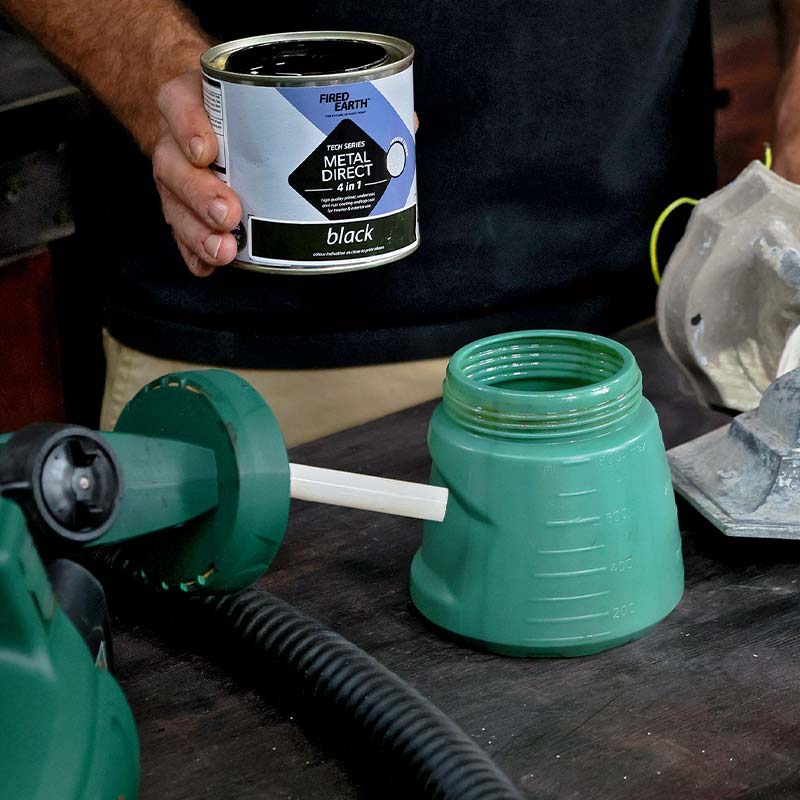
Final tips
The Bosch Easy Spray is designed for products like solvent-based varnishes, lacquers, wood preservatives and water-based wood stains. It’s not meant for ‘wall paints’ like the PVA paints you’d use on bedroom walls.
The quantity of paint sprayed can be adjusted with the Flow Control knob. If in doubt, start with this set to minimum and increase if necessary. Ideally, you want enough paint to cover the project in two to three passes – enough to cover, not drown, the workpiece. Remember, too much paint can cause runs.
Spray painting doesn’t have to be intimidating. With the right tools like the Bosch Easy Spray 18V-100 and a bit of practice, you’ll be able to tackle those DIY projects with confidence. Happy spraying!
Remember, everything you need for your DIY or painting project is available from Builders, both in-store and online at builders.co.za.

